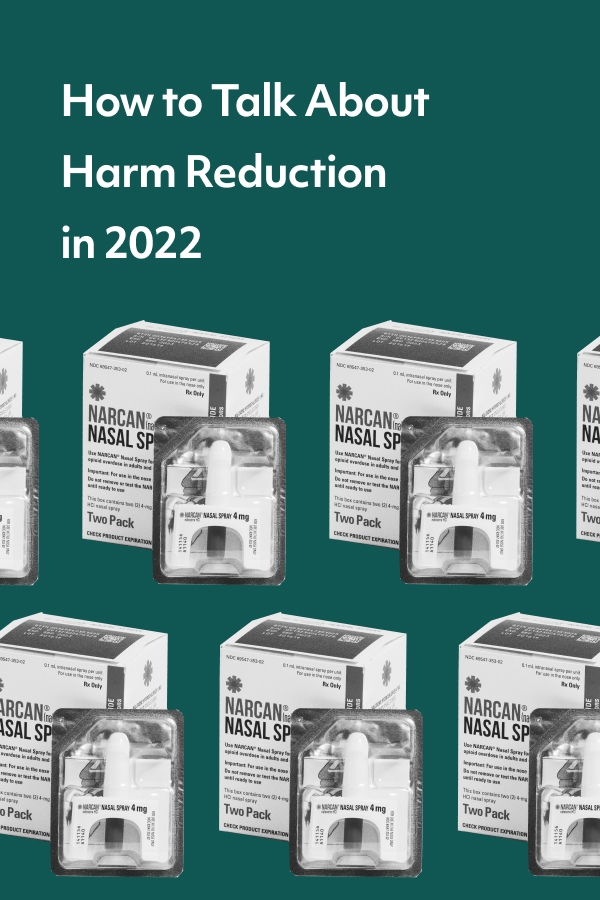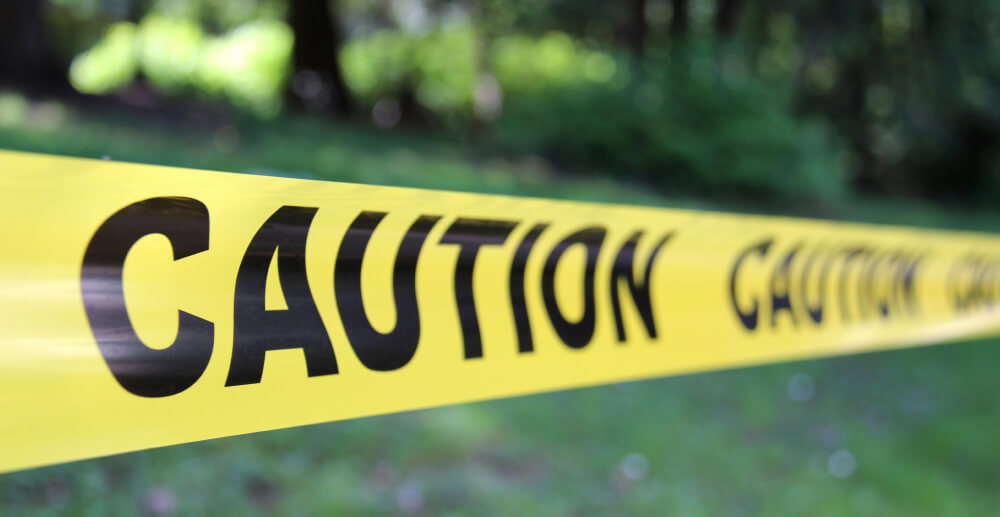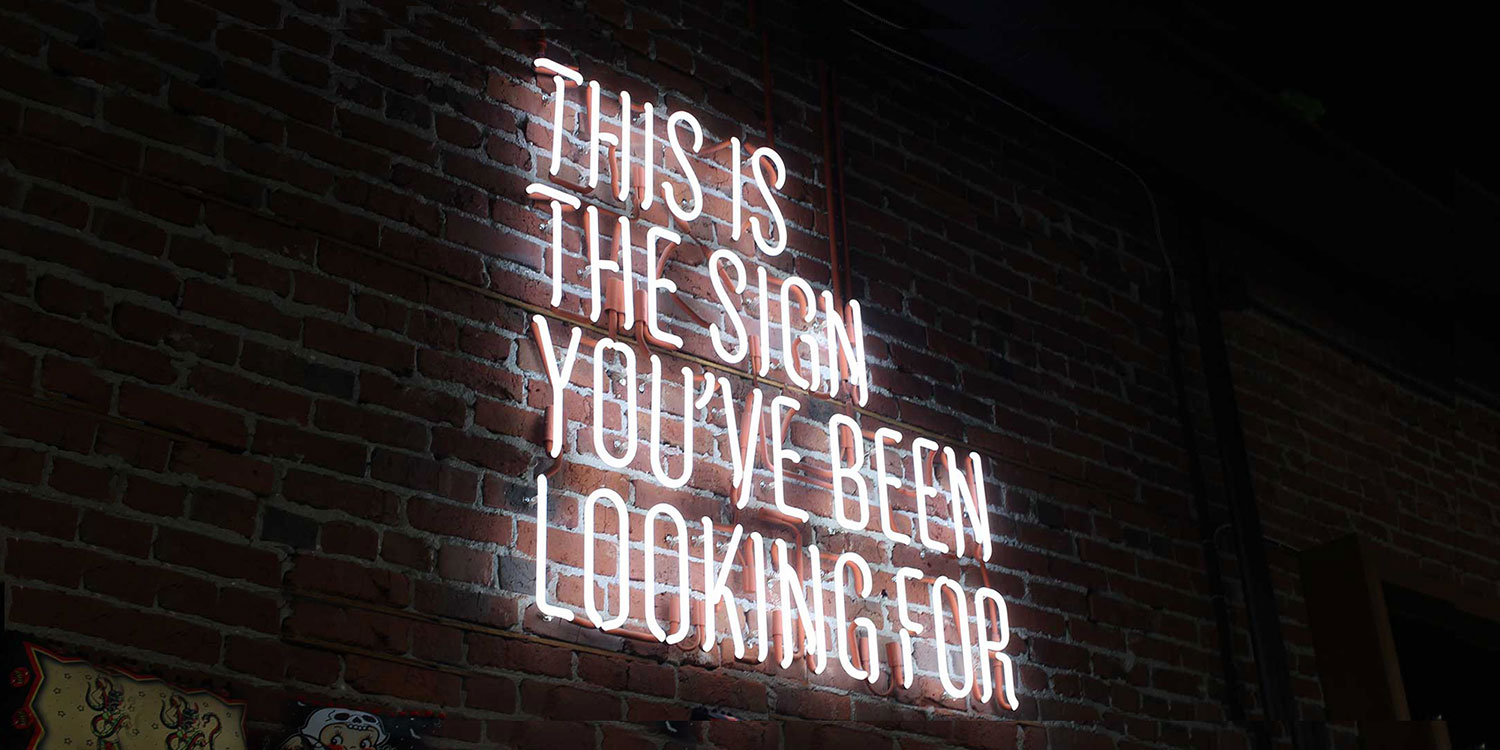Here are some important tips and talking points that can make a real difference when you talk about harm reduction and substance use.
When I started working as a peer support specialist and recovery mentor in 2017 in Portland, Oregon, the conversation we had about safely using substances was a pretty basic one. As recently as five years ago, harm reduction was synonymous with needle exchanges and maybe naloxone, and that was pretty much it. In my immediate professional world, we hadn’t seen the massive fallout from fentanyl or record overdose deaths. We were still gliding on the post-opioid epidemic verbiage we’d all learned time and again in training after training. But the longer I do this work, I realize that harm reduction—in addition to being a political movement to value the lives of humans who use drugs—is also a living breathing conversation that must be reflective of the substances people currently use and the current challenges people face.
Here are the talking points that are most important in my conversations about harm reduction in 2022:
My mantra: Naloxone for everyone!
This of course doesn’t mean we stop talking about clean needles or naloxone! Those are still two lifesaving talking points, and ones we need to keep talking about to our friends and loved ones who inject drugs. But did you know that naloxone (or the popular brand name Narcan) isn’t just for people who use heroin or opioids? Given the current fentanyl explosion, my current work rule of thumb is an Oprah style, “You get naloxone! You get naloxone!” Because the reality is, fentanyl is showing up in nearly every substance. From ecstasy and cocaine to meth and beyond, fentanyl is contributing to fatal overdoses in people who use all kinds of substances. You could say that it has become the great equalizer among folks who use drugs. Therefore, everybody gets Narcan.
I really mean everybody. This includes people who smoke drugs or shoot up or snort drugs. Everybody also means their family members, partners, and neighbors. Everybody means cops, bus drivers, EMTs, and beyond. If it were up to me, we’d get free boxes sent to us by the government along with our COVID tests or we’d have free naloxone vending machines all over town. Oh, and everybody should get a LOT of it because it takes more naloxone to reverse an overdose of fentanyl than a standard opioid overdose. Our current guideline is four doses instead of one, but again everything is subject to change as substances change.
Less is more
Less is truly more in this day and age of drug use. We have to face the fact that many folks like the effects of dangerous substances that may kill them. While we can’t ever make people stop using (say that again to yourself if you need to), we can suggest they use less to start out with. In harm reduction trainings I always say, “You can’t undo drugs but you can do less drugs and use more if you need to.” By starting with, say, half a pill instead of a full one or two, you give your body a chance to process the amount while still getting high. Using a large amount is incredibly dangerous, especially if you haven’t used in a while. The death of Phillip Seymour Hoffman in 2014 was a harrowing example of the danger of going back to how much one used to use in active addiction.
Don’t use alone
Everyone’s next harm reduction talking point should be about using drugs with others. We’re seeing people dying of an overdose all the time, and the common denominator is that they were using alone. A dear friend of mine died of an overdose over a year ago, and his story would’ve been very different if he had been using drugs with other people. It’s heartbreaking to think of this person who I loved, alone and without any help. His death activated me to work harder to help folks use safely. One way to prevent deaths like this is to not use alone. Sure, sure, not using at all is the thing that would prevent these deaths altogether. But since many folks don’t want to stop using, not using alone is the next best thing. Having another human in the room while you use drugs helps ensure that someone can call 911 or administer naloxone if an overdose occurs. Never Use Alone is also a great tool for people who don’t have someone to be physically present with them. A person can call the hotline, and someone will stay on the phone with them while they use.
Be specific and open
In my experience, getting really specific is very necessary when talking about harm reduction. Remember, you’re having this conversation because you love the person who uses drugs and you want them to be safe, healthy, and alive. Letting that compassion guide a conversation removes fear and judgment, and hopefully allows for an honest conversation. Ask about the methods of how they use drugs—are they smoking or shooting? Do they need clean needles? Do they have access to clean water for those needles? Are they open to snorting or taking another route of using that’s less risky than IV drug use? Are they limiting how much they drink?
Just getting in there and asking the difficult and awkward questions can prove that you care and aren’t afraid to hear the truth. Following up these inquiries with support goals of safer use can really take you from being a nervous friend to a powerful ally. For example, for loved ones who drink heavily, it might seem hard to talk about their drinking without sounding judgey. But you can ask if they need help getting alcohol delivered instead of driving under the influence to buy it. Or ask if they want assistance in finding medications to help cut down how much they drink. These questions are clearly based on caring for them and not on trying to fix them.
Remember the goal
In the end, harm reduction is about keeping the people we love safe. Therefore it needn’t be a touchy or taboo discussion. Ending the stigma and misunderstandings around people who use drugs begins with us. Harm reduction conversations will continue to evolve as new substances arrive on the street, but the point of these conversations remains the same. You’re telling someone “I love you and I want you to stay around.” What could be more beautiful than that?









